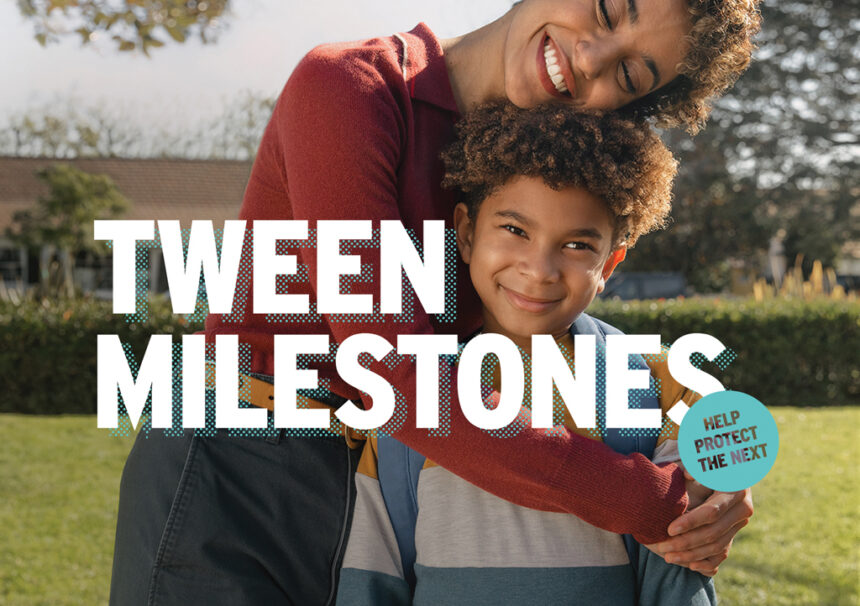Sponsored by Minds + Assembly
Gold
Merck and Klick Health
Help Protect the Next
Even though a highly effective vaccine has been available for HPV, a common virus that affects all genders, many parents still hesitate to give it to their children. Cultural, religious and social stigma have all led to misinformation, fueling this hesitancy. And because the shots are administered during the tween years, they are often not top-of-mind for parents.
Help Protect the Next aimed to reach parents of children between 9 and 12, with a particular focus on 9-year-olds, hoping to increase urgency by communicating the vaccine’s impact in preventing any HPV-related cancers in their future.
This work focused on tweens and their quick change from adorable to exasperating. The ads are empathetic, celebratory and authentic, allowing parents and tweens of all genders to feel seen and understood. The campaign celebrated the “tweenhood” years, showcasing the everyday and bittersweet moments, from the burgeoning BO to the abrupt sideways hug. And it made it clear that vaccination is about protection from cancer, not a nudge toward sexual activity.
Using the creation of milestones families could relate to, the campaign also explained why this period is the best time to vaccinate kids. Ultimately, it helped parents everywhere embrace the messy tween years and “protect the next.”
Judges praised the effort, with its lively blend of type and live-action footage, calling it fun, light-hearted and authentic. “These tween milestones are so memorable and true,” says one.
The TV campaign led to a 76% increase in visits to the HPV.com website and 31% more conversions on digital channels.
Silver
AstraZeneca and Edelman
Lung Story Short
All asthma isn’t the same, and this campaign doesn’t just explain how successfully Fasenra treats eosinophilic asthma, it does so with a laugh. Starring comedian Tony Hale, the campaign drives home a message that can free patients trapped in a Groundhog Day of treatment dissatisfaction: They can’t control what they don’t understand. Six videos on social channels jolted asthma patients out of their defeated “it is what it is” perceptions of their uncontrolled asthma.







